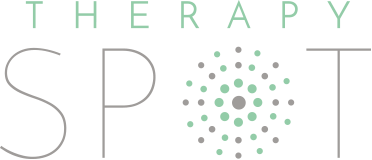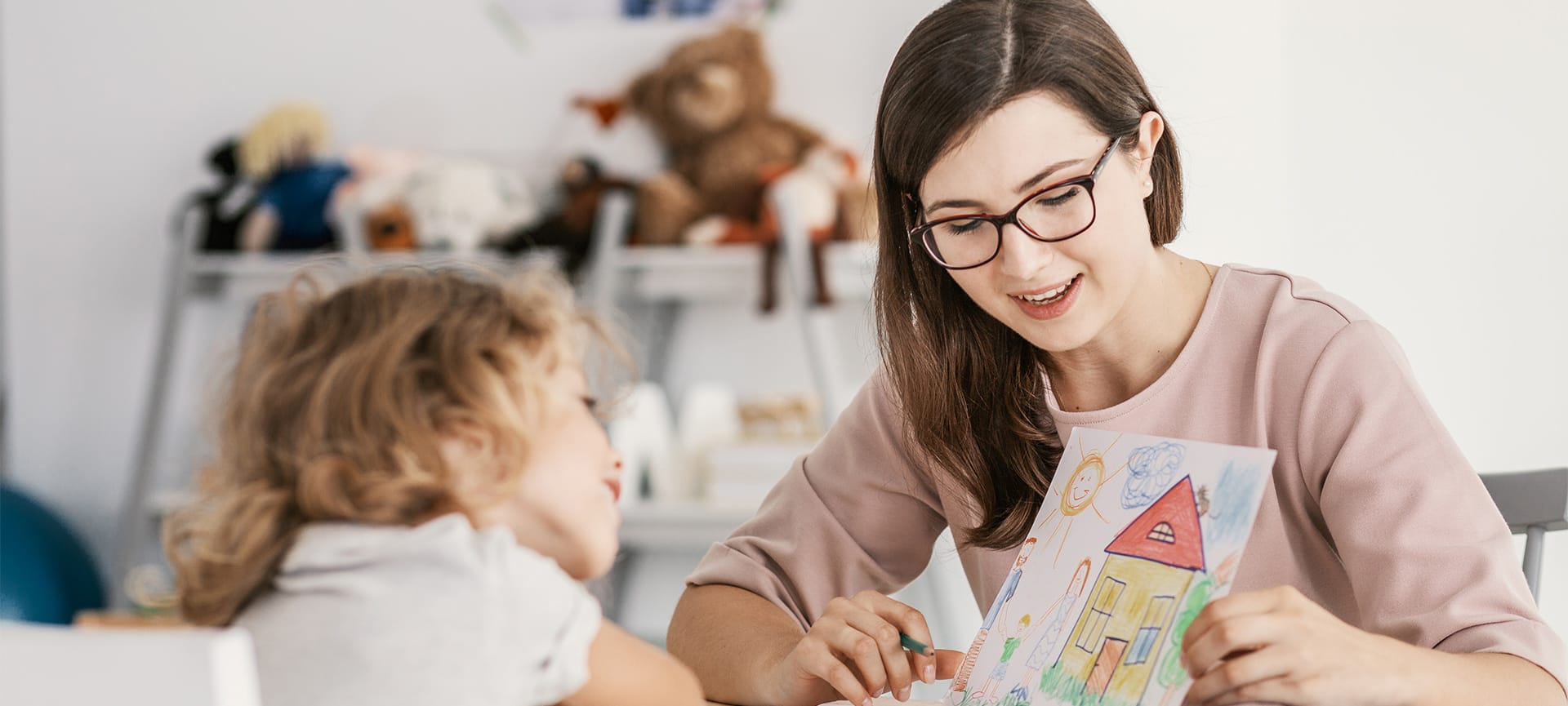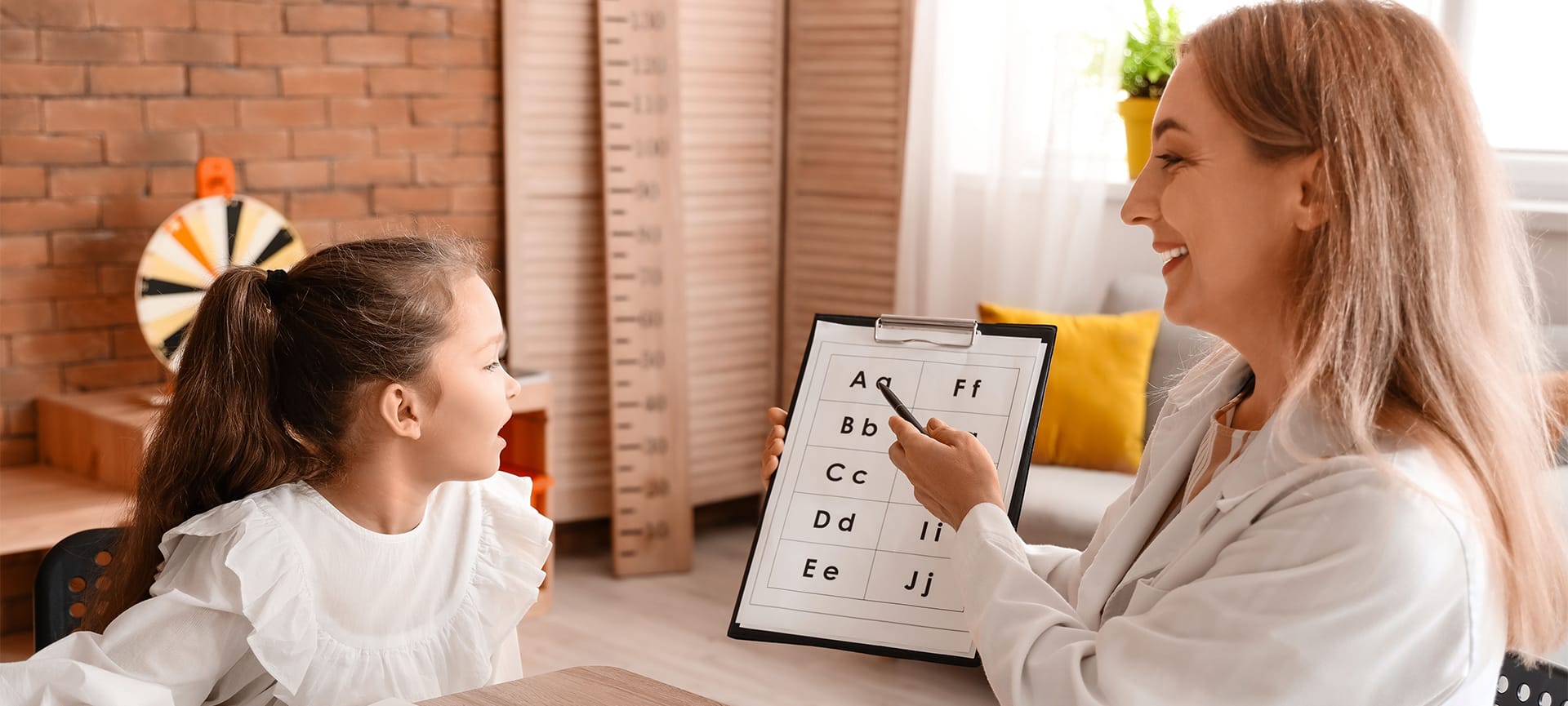Autism affects millions of people all over the world, both young and old. It’s a varied condition that presents in many different ways and can range from mild and manageable to severe. Although each case is different, there are many ways to treat and manage it.
Although kids with autism may struggle in certain areas, they often thrive in others, possessing immense skills and intelligence. Despite this, receiving a diagnosis for your child can be scary and overwhelming. Fortunately, there are many effective and successful ways to treat and manage autism.
Read on to learn about various ASD therapy methods and how they can help improve your child’s overall quality of life.
Types of Autism Therapy
While there are many types of child autism therapy, not everything works the same for everyone. In addition, your child may only need certain types of therapy and not others. There are a few main categories of therapy to consider:
Autism Behaviour Therapy
Behavioural therapy comes in various forms but is there to help encourage good, positive, and desirable behaviour while helping to reduce unwanted behavioural patterns. There are many ways an autism spectrum therapist may approach this. Our program focuses on the following:
- ESDM (Early Start Denver Model). This is an early intervention approach geared toward children. This model is used and recognized internationally and is most suitable for those aged 12-48 months. This model fosters positive social exchanges and enhances cognitive and communication skills. This method is most effective when parents are involved and participate in joint activities.
- PRT (Pivotal Response Treatment). This model is among the most effective for children with autism as it’s focused on a combination of language and communication development as well as building social skills. It takes a broader approach and leans into things like motivation, self-management, and a response to social cues. This method has been used consistently since the 1970s and is effective for both group and private sessions.
- DTT (Discrete Trial Training). This model focuses more on individual, essential skills. These skills are taught and developed by breaking them down into small, actionable steps. It’s a great method for one-on-one sessions as it’s more structured than PRT and helps children build on previous lessons and successes.
These models are all ABA (applied behavioural analysis) as we believe in this method of therapy. It’s aimed at children and helps them understand the connections between behaviours and their results and consequences.
Physical and Occupational Therapy
Some children with autism may face physical struggles such as poor handwriting, bad balance, and muscle control. Physical therapy is a great way to help them build general motor skills and gain more control over their physical actions and reactions.
This can help them better move through life, achieve tasks, and interact positively with others.
Occupational therapy focuses specifically on life skills such as grooming, dressing, etc. This helps them navigate their day-to-day activities and become more independent. This is beneficial for them as well as their families/caretakers.
Speech Therapy
Another common struggle for those with ASD is speech and language. Many different things can be difficult, from articulation and pronunciation to non-verbal cues and rhythm. Speech and language therapy can help with various issues surrounding speech, language, and communication:
- Navigating physical barriers to speaking such as poor muscle control and motor function
- Trouble pronouncing certain words and articulating themselves
- Working on pace, cadence, rhythm, syllables, and emphasis
- Non-verbal communication skills such as body language, eye contact, and even hand signals or sign language
With improved speech and communication skills, children become more comfortable and confident in social situations. They’ll learn how to better communicate their wants, needs, boundaries, and more.
Nutritional Therapy
Many children with autism have various sensitivities and sensory issues, especially as it relates to food. For example, some may not like the squishy texture of certain fruits or the lumpy and clumpy nature of something like oatmeal.
Nutritional therapy helps children and their parents navigate these issues by identifying triggers and preferences. Then, you can learn how to best cater to your child’s needs, desires, and aversions while maintaining nutritional balance, proper calorie intake, etc.
You’ll also learn how to improve your child’s eating habits. For example, offering new foods alongside tried and true favourites, or creating new versions of something they already like.
Our GABA School Program
We offer a unique program aimed at children with autism, that’s suitable for all ages. This program blends a social/school setting with various programs and forms of therapy. It’s a place where your child’s individual needs and issues are addressed in a group setting. This helps children develop and advance their social skills in addition to everything else – with very little stress and pressure.
This program blends multiple proven models to create optimal outcomes. Some of the main things we address through this comprehensive program include:
- Socializing
- Behaviour targeting
- Speech treatment – since about 65% of children with autism also struggle with speech
- Feeding
- Concurrent generalization – utilizing the clinic, the home, and multiple therapists
- Sensory assessment and treatment
- It incorporates sensory diet programming
The program is broken down into two main categories: GABA Kinder for under five years old, and GABA Senior for ages five and up. GABA Senior is a true, full-day school program where kids can learn and thrive in small class sizes with plenty of individual attention. You can refer to the GABA Handbook for more detailed information.
Make Things Easier With The Best Child Autism Therapy
Navigating an autism diagnosis with your child will never be a breeze, but getting the proper treatment certainly makes it much easier. It can be hard to know exactly what your child needs most – behavioural therapy, physical therapy, or speech therapy? Some may need only one, others a combination.
We offer a wide variety of therapy options and some great comprehensive programs for children of all ages. If you’re unsure where to start, please feel free to contact us today and we’ll put you on the right path while hopefully reducing some stress!




